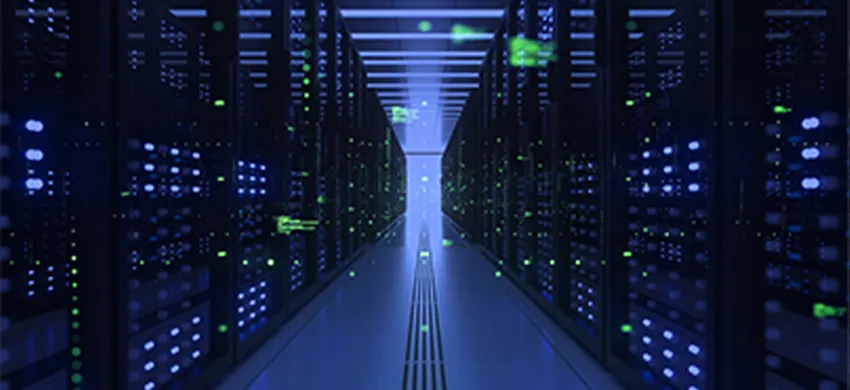We know that both 100G active optical cables (AOC) and 100G direct attach cables (DAC) are used to transmit data. However, there are some differences between 100G active optical cables and 100G direct attach cables. Next, we will introduce the difference between these two types of cables in detail.
1. What is 100G active optical cable?
100G active optical cable refers to the communication cable that needs to use external energy to convert electrical signals into optical signals or convert optical signals into electrical signals during the communication process. The optical transceivers at both ends of the optical cable provide photoelectric conversion and optical transmission functions, and the transmission rate reaches 100Gb/s.
2. What is 100G direct attach cable?
100G direct attach cable adopts silver-plated conductor and foamed insulated core wire, which has excellent low attenuation performance and low delay performance, so that the signal transmission is accurate and precise, and the transmission speed can be improved. It is a short-distance connection solution that replaces the optical transceiver. Moreover, the price of this cable is much cheaper than that of the same type of optical transceivers, and it is widely welcomed in short-distance connection applications.
3. Structure of 100G AOC active optical cable
Simply put, the active optical cable is composed of two optical transceivers and an optical cable jumper. The optical fiber transceiver at both ends consists of OM3 or OM4 multimode fibers of different lengths.
4. Structure of 100G direct attach cable
Direct attach cable is abbreviated as DAC. Its both ends are connected to switches or servers to realize short-distance transmission. High-speed cables can be divided into passive direct attach cables and active direct attach cables. Active direct attach cables has only one more driving chip than passive high speed cables. The "optical transceivers" on direct attach cables are not optical transceivers in the true sense. They have no components and can only transmit electrical signals. Therefore, direct attach cables are cheaper than other ordinary optical devices. Even if the same port is used as interfaces of optical transceivers, direct attach cables can also effectively save costs and reduce power consumption in short-distance applications. This is the reason why people choose direct attach cables.
5. Classification of 100G AOC active optic cable
100G AOC active optical cable has two types: 100G QSFP28 active optical cable and 100G QSFP28 to 4X 25G SFP28 active optical cable. The former has an optical transceiver receiver at both ends to realize one-to-one transmission, and the latter has a 100G QSFP28 interface at one end, and four 25GSFP28 ports at the other end, which can provide customers with 100G data transmission.
6. Classification of 100G direct attach cables
There are two types of 100G direct attach cables: 100G QSFP28 DAC and 100G QSFP28 to 25G SFP28 DAC. The former has an optical transceiver receiver at both ends to realizes one-to-one transmission, and the latter has a 100G QSFP28 at one end of interface and four 25GSFP28 interfaces at the other end, which can provide customers with 100G data transmission.
It should be noted here that although the classification of the two is much the same, the optical transceiver of the active optical cable has a built-in laser, while there is no laser inside the direct attach cable.

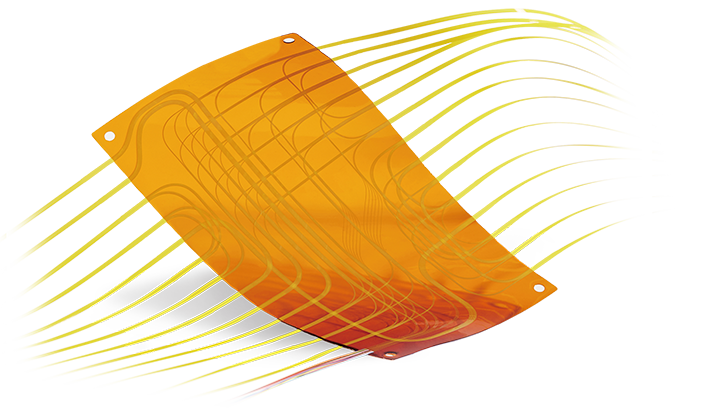 Fiber Optic Flex Circuit (FOFC)
Advanced Simulation & Optimization, High Positioning Accuracy, Flexible Customization, Rigorous Reliability Testing
Fiber Optic Flex Circuit (FOFC)
Advanced Simulation & Optimization, High Positioning Accuracy, Flexible Customization, Rigorous Reliability Testing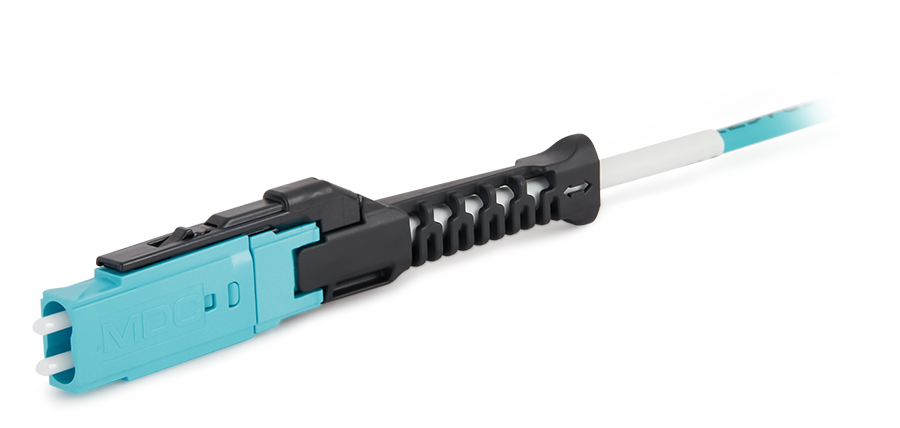 MDC Solution
US Conec's MDC connector is a Very Small Form Factor (VSFF) duplex optical connector, expertly designed for terminating single-mode and multimode fiber cables with diameters up to 2.0mm.
MDC Solution
US Conec's MDC connector is a Very Small Form Factor (VSFF) duplex optical connector, expertly designed for terminating single-mode and multimode fiber cables with diameters up to 2.0mm.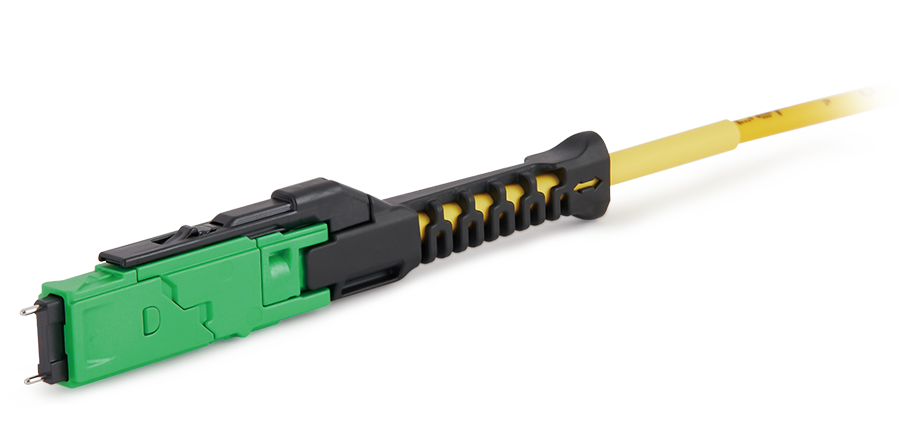 MMC Solution
US Conec's Very Small Form Factor (VSFF) multi-fiber optical connector that redefines high-density connectivity with its cutting-edge TMT ferrule technology and intuitive Direct-Conec™ push-pull boot design.
MMC Solution
US Conec's Very Small Form Factor (VSFF) multi-fiber optical connector that redefines high-density connectivity with its cutting-edge TMT ferrule technology and intuitive Direct-Conec™ push-pull boot design. EN
EN
 jp
jp  fr
fr  es
es  it
it  ru
ru  pt
pt  ar
ar  el
el  nl
nl 

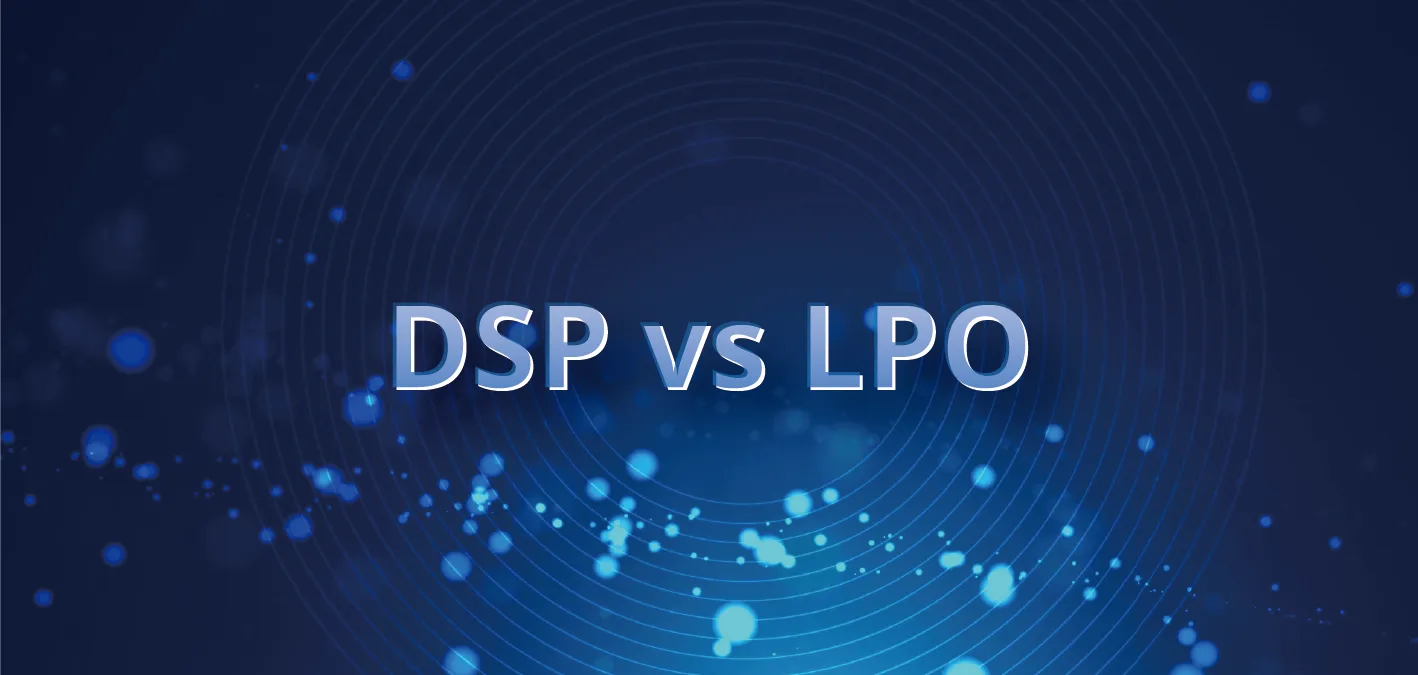
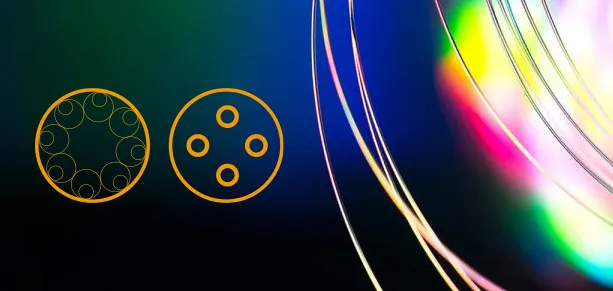
_and_High-Reflection_(HR)_Optical_Coatings.webp)
